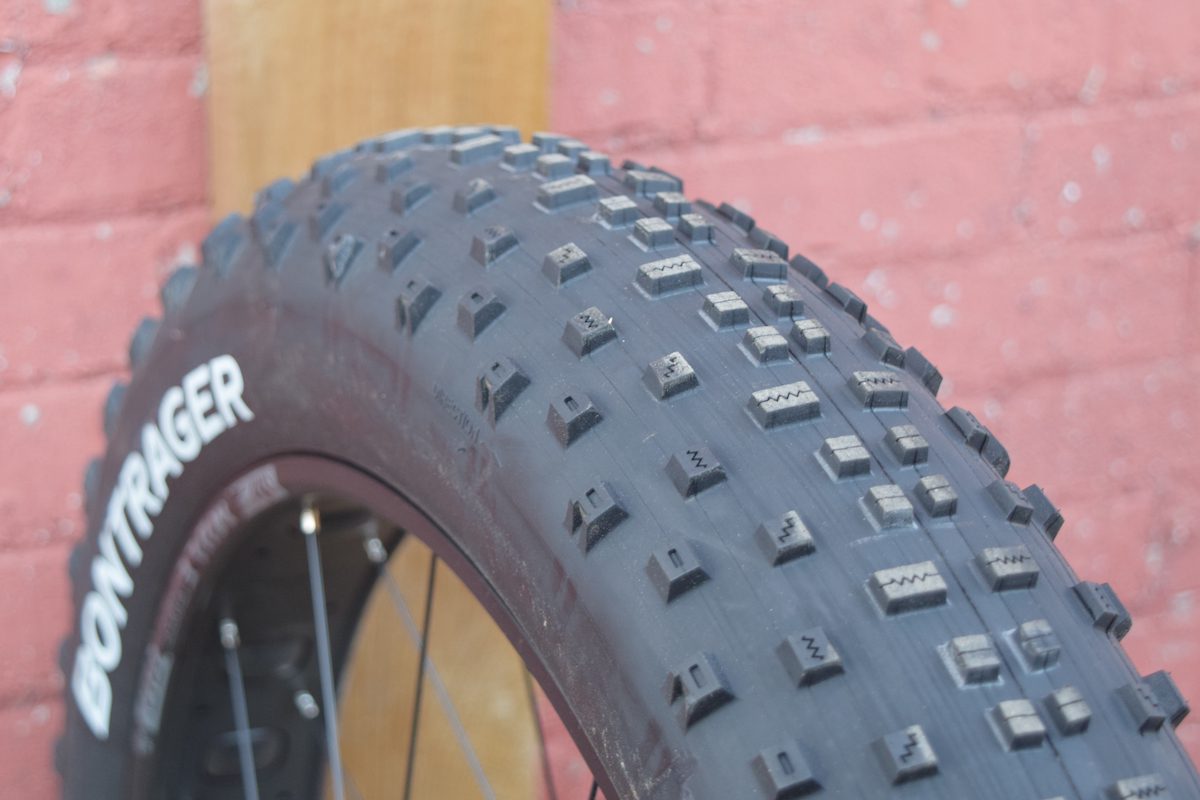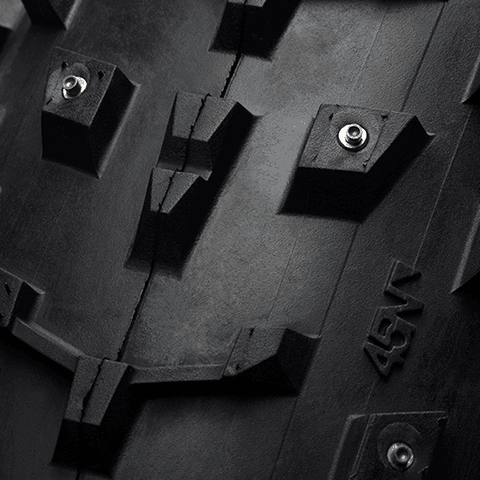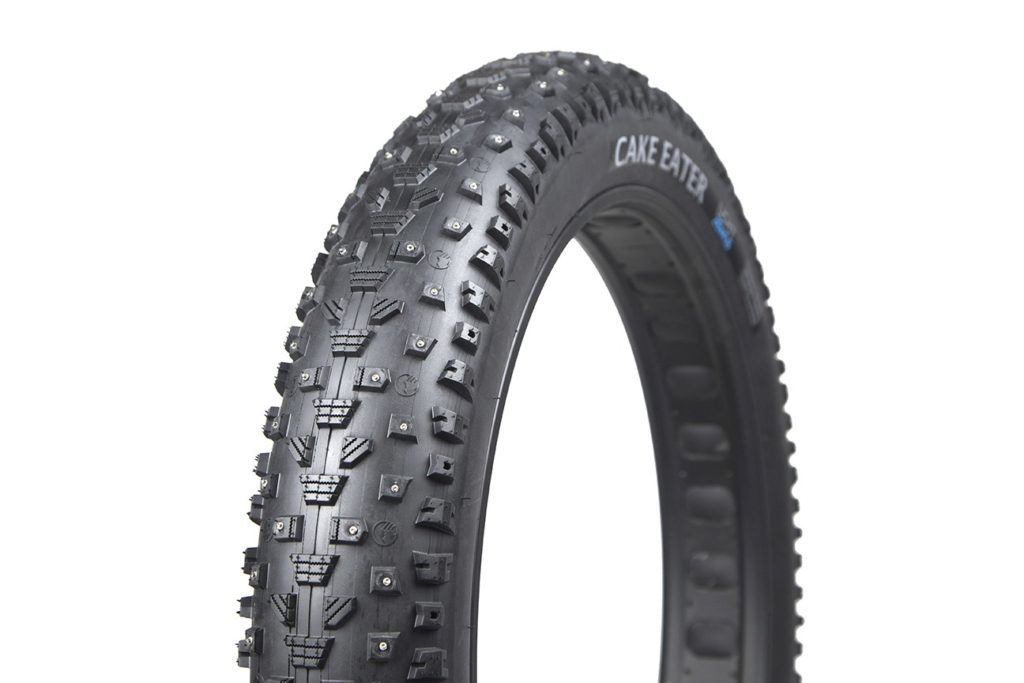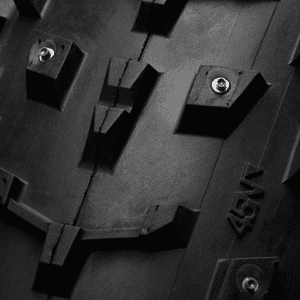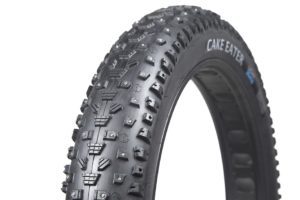Equipment tips for fat biking this winter
Tricks, tips, and tire choices to keep you rolling when the mercury drops
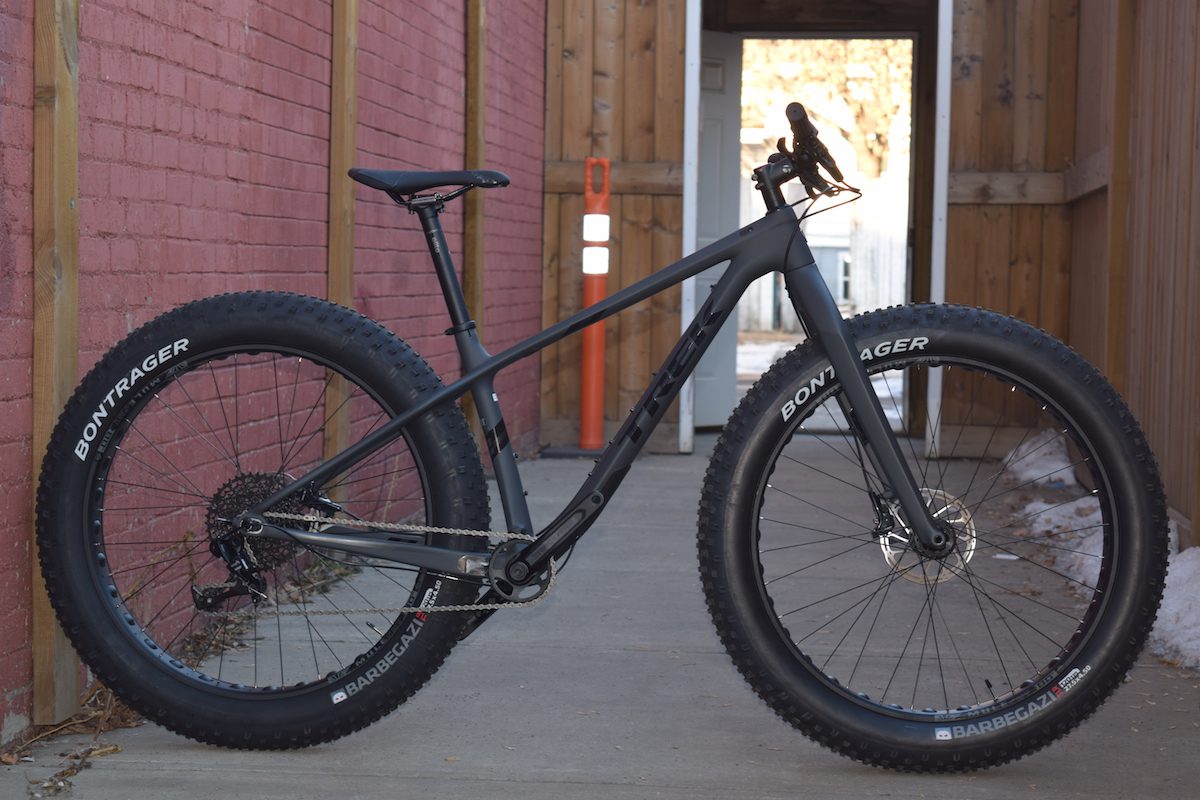
The new year is here, which means a whole new set of riding goals for 2018. Maybe you’re focused on improving your fitness. Maybe you want to work your way up to a big race this spring, or move up the ranks in your local race series. Or maybe you just want to get outside and have fun on your bike this winter. No matter what your motivation, you want to make sure you’re set up with the right equipment to make the most of your time outside this winter. With plenty of experience playing outside in temperatures well south of zero degrees Celsius, and a strong mountain bike community that meets for inter-club rides in all weathers, all year, the minds behind Hardcore Bikes and Redbike in Edmonton helped out with a solid set of tips and tricks to keep you excited about biking outside when the snow flies.
Geometry

As fat bikes have grown in popularity, riders have started using them for very different purposes. There’s now touring-focused models, surprisingly lightweight race offerings, and bikes that are designed to handle more and more like mountain bikes. If you’re looking for a bike that’s as fun in a berm as your summer bike, even when that berm is made of snow, Trek and Rocky Mountain have been pushing hard to make their bikes as playful as they are buoyant in powder. These bikes are great for keeping you on singletrack, even when it’s under a foot of snow. Trek’s also done a great job of making their bikes pedal like your summer bike without sacrificing tire clearance. They offer a narrower Q-factor on their Farley frames, but still comfortably fit massive, wider than 4.0” rubber. This is great if your knees aren’t in quite the same state they were when you were 15, or you are more particular about your pedalling position on the bike.
Frame and gearing
As usual with mountain biking, there’s options for full on, featherweight fantasy fat bikes. If that’s not in the budget, or you’re just starting out, you can also get away with a much less expensive bike by making a few key upgrades. Carbon bars are key, as they help keep your hands warm in winter, but a carbon fork is also a worthy upgrade. Suspension forks do exist for fat bikes, but most are still rigid forks that rely on the extra tire volume for suspension. A carbon fork will offer a little extra comfort and control when you come into a section of chattery ice or exposed roots at speed.
RELATED: Top tips to cure cold hands this winter
While some fat bike frames still have options for a front derailleur, skip this option if you’re planning on heavy winter riding. Mountain bikers are increasingly on board with the idea of 1x drivetrains, but the front derailleur’s weaknesses in warm weather are only accentuated come winter. Additionally, you’re riding in a narrower range of speeds during winter so it should be no problem to cover the required gear range quite comfortably with a 1x system. The slower speeds also make it a good idea to consider gearing down a couple teeth on your chainring from what you’d ride in warm weather. Like in summer, you want to be geared so that you’re using the full cassette, not just a few cogs.
Pedals
Pedals can inspire some strong opinions and allegiances in mountain bikers, but winter conditions come with a different set of demands and problems. Try keep an open mind to what works, not just what you like already. Crank Brothers have oodles of clearance for when your boots are packed with snow, ice, and whatever else has frozen in there with it. Past issues with reliability have seen big improvements lately from Crank Brothers, so if you’re still wary after a less-than-perfect experience in the past, maybe it’s time to try again. When the mercury really starts to drop, a set of extra thick insoles will go a long way toward keeping your feet warm by separating your toes from the cold passing through the cleat plate in the sole of your shoe, no matter what cleats you choose to run. Flat pedals are an option, but be warned they will pack up with snow pretty quick. Those pins do much less to keep your feet on the pedals when they’re frozen under ice.
Dropper-posts
With improved geometry adding a greater fun factor of fat bikes, thoughts immediately start drifting back to dropper posts. Dropper posts can work in the winter, but they’ll almost all be a bit slower than during the summer. In addition to adjusting expectations, you’ll want to stay away from the hydro posts in winter, as they don’t play well with extreme cold temperatures.
Tires
Tire choice for winter depends on what type of riding your doing and in what conditions. Which makes sense, yes, but the differences between tires get a bit more drastic when the snow flies. Depending on what you’re looking to do, options cover a range from plus-sized tires with a fast rolling tread to full studded fat bike tires. If you’re riding hardpack, fast trails sometimes a plus tire will be just as good as a full-volume fat bike tire, or faster if you’re thinking of racing. At the other extreme, Terrene and 45Nrth both offer excellent studded tires for a range of icy conditions. 45Nrth is even coming out with a tire laced with concave spikes that promises better traction in even the most slippery conditions.
Whatever tire you choose, tubeless is the way to go. You’ll save a good amount of weight by ditching that heavy fat bike tube, which is great for the weight-conscious. Even if you’re not counting grams, removing the friction between a thicker tube and the tire will give you a noticeable improvement in handling. Even with such massive tires, details can garner significant improvements. You’ll obviously have to bump up the amount of sealant you use to match the increased volume, but also make sure you know which sealants will work in the cold. Stans Original formula has proven reliable through the coldest temperatures. If you prefer a different brand, stop by your local bike shop to see what they have to say about using it in colder temperatures.
